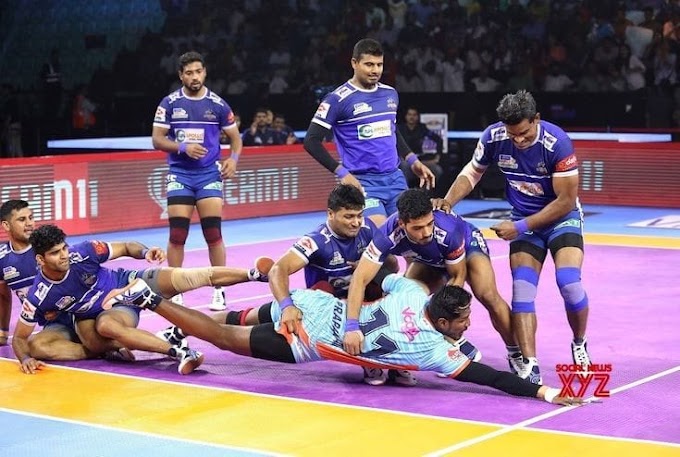Primary Auxiliary Verbs are those helping verbs which help the main verb to form Tenses, Voices, Interrogative or Negative sentences, etc.
There are three main Primary Auxiliary Verbs:
👉 To be, To have, and To do
🔹 1. To be
Forms: am, is, are, was, were, be, being, been
To be’ means “to exist” or “to be present.”
This verb changes according to tense and sentence structure (am, is, are, was, were, etc.).
‘To be’ म्हणजे असणे. हे क्रियापद काळ आणि वाक्यरचनेप्रमाणे बदलते (am, is, are, was, were इ.)
Functions:
1. Used in forming the Continuous (Progressive) Tense
2. Used in forming the Passive Voice
Examples:
1. I am reading a book. (Present Continuous)
2. They were playing football. (Past Continuous)
3. The work is being done by Riya. (Passive Voice)
4. The thief was caught by the police. (Passive Voice)
🔹 2. To have
Forms: have, has, had
To have means “to possess” or “to obtain.”
It helps the main verb to show completion or perfection of an action.
‘To have’ म्हणजे असणे / मिळवणे. हे मुख्य क्रियापदाला पूर्णत्व दर्शवायला मदत करते.
Function:
Used in forming the Perfect Tense (Present Perfect, Past Perfect, Future Perfect)
Examples:
1. I have finished my homework. (Present Perfect)
2. She has written a letter. (Present Perfect)
3. We had completed the project before time. (Past Perfect)
4. They will have reached by now. (Future Perfect)
🔹 3. To do
Forms: do, does, did
‘To do’ means “to perform” or “to act.”
It is used to form questions, negatives, or to give emphasis in a sentence.
‘To do’ म्हणजे करणे. हे प्रश्न, नकार किंवा जोर देण्यासाठी वापरले जाते.
Functions:
1. Used to form Interrogative Sentences (प्रश्नार्थक वाक्ये)
2. Used to form Negative Sentences (नकारार्थी वाक्ये)
3. Used for Emphasis (भर देण्यासाठी)
4. Used for Request / Invitation (विनंती / आमंत्रण देण्यासाठी)
Examples:
1. Do you like mangoes? (Interrogation)
2. I do not watch TV at night. (Negation)
3. I did check my email. (Emphasis)
4. Do come to my house tomorrow. (Request/Invitation)
1. Used in forming the Continuous (Progressive) Tense
2. Used in forming the Passive Voice
Examples:
1. I am reading a book. (Present Continuous)
2. They were playing football. (Past Continuous)
3. The work is being done by Riya. (Passive Voice)
4. The thief was caught by the police. (Passive Voice)
🔹 2. To have
Forms: have, has, had
To have means “to possess” or “to obtain.”
It helps the main verb to show completion or perfection of an action.
‘To have’ म्हणजे असणे / मिळवणे. हे मुख्य क्रियापदाला पूर्णत्व दर्शवायला मदत करते.
Function:
Used in forming the Perfect Tense (Present Perfect, Past Perfect, Future Perfect)
Examples:
1. I have finished my homework. (Present Perfect)
2. She has written a letter. (Present Perfect)
3. We had completed the project before time. (Past Perfect)
4. They will have reached by now. (Future Perfect)
🔹 3. To do
Forms: do, does, did
‘To do’ means “to perform” or “to act.”
It is used to form questions, negatives, or to give emphasis in a sentence.
‘To do’ म्हणजे करणे. हे प्रश्न, नकार किंवा जोर देण्यासाठी वापरले जाते.
Functions:
1. Used to form Interrogative Sentences (प्रश्नार्थक वाक्ये)
2. Used to form Negative Sentences (नकारार्थी वाक्ये)
3. Used for Emphasis (भर देण्यासाठी)
4. Used for Request / Invitation (विनंती / आमंत्रण देण्यासाठी)
Examples:
1. Do you like mangoes? (Interrogation)
2. I do not watch TV at night. (Negation)
3. I did check my email. (Emphasis)
4. Do come to my house tomorrow. (Request/Invitation)






0 Comments